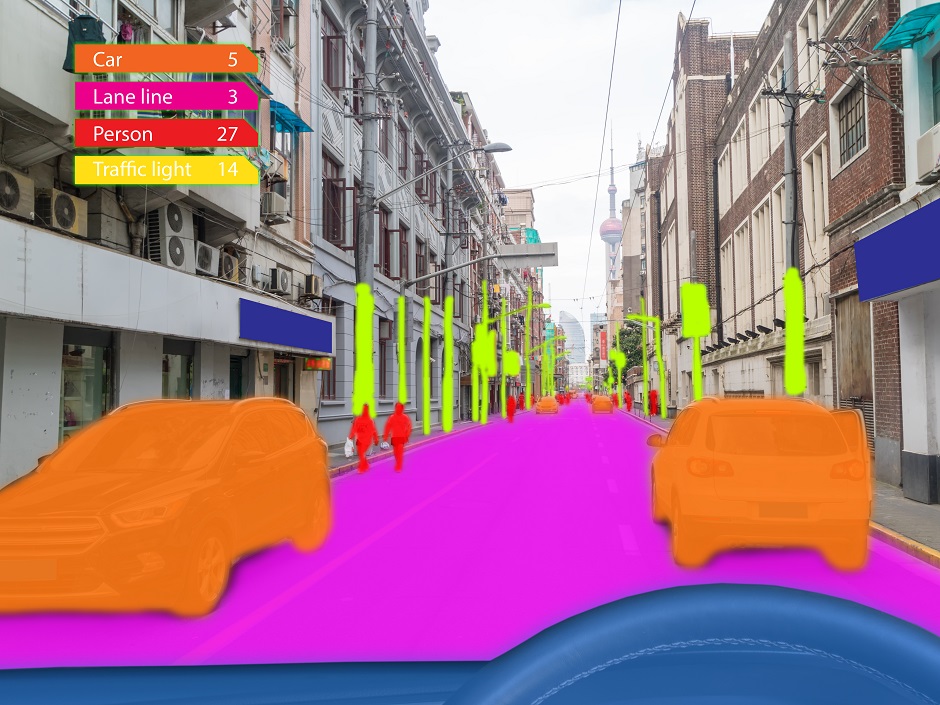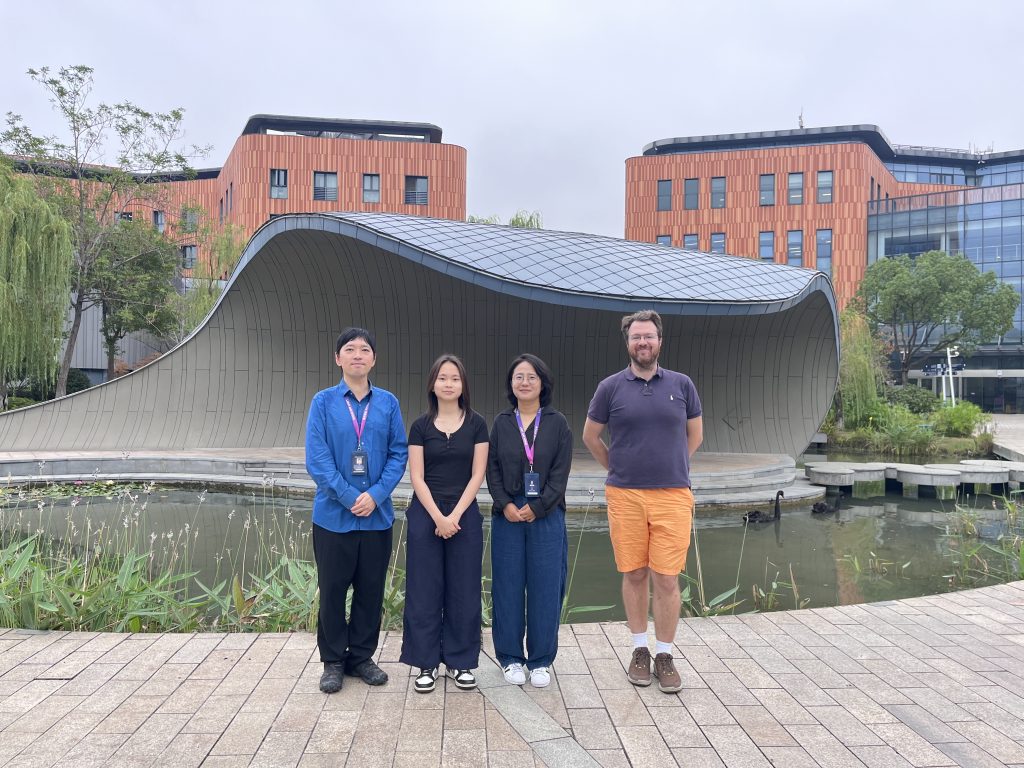13 Nov 2025
A research group at Xi’an Jiaotong-Liverpool University focusing on breakthroughs in computer vision, a core capability of artificial intelligence, presented six papers at two leading international conferences in October.
The cutting-edge field of computer vision forms the “eyes” through which machines understand the real world, empowering key technologies such as autonomous driving and smart health services.
The XJTLU papers, which span topics including image segmentation, anomaly detection, and continual learning, were presented at the 2025 International Conference on Computer Vision in the United States and the 33rd ACM International Conference on Multimedia in Ireland.
“Having six papers accepted by two top-tier conferences at the same time reflects our team’s growing strengths in key subfields, and is strong recognition of our theoretical innovation capabilities and international competitiveness,” says Professor Jimin Xiao in XJTLU’s Department of Intelligent Science, who leads the team.

Professor Jimin Xiao and his team members
To inform their research, his students collaborated extensively with organisations including Kashmir Intelligence (now called Applied Computing Technologies) in the UK, the China University of Petroleum, and Suzhou Hocchin Technology to gain real-world industrial insights, “a demonstration of exactly the kind of open ecosystem AI needs,” Professor Xiao adds.
Joined-up thinking
In the area of image segmentation, which teaches AI to “outline” specific objects in a picture, XJTLU students proposed solutions to several challenges.
Rather than manually annotating object boundaries pixel by pixel, PhD student Jian Wang and his colleagues used weakly supervised learning – where the AI is only told there is an object and then must learn to locate and outline it – and applied the theory of optimal transportation to help the AI better associate global and local features, improving segmentation accuracy and completeness.
Xianglin Qiu and his group also applied the normalising flow technique, which enables AI to learn the pixel-level feature distributions of different objects, to reduce recognition errors.
Meanwhile, Shuo Jin’s team achieved a breakthrough in open-vocabulary segmentation by developing an intelligent filtering system that automatically removes visual noise, such as blurring and shadows. This enabled the model to accurately delineate object boundaries even for unfamiliar categories.

Producing results
On a production line producing dozens of components every second, manual inspection is slow and prone to errors. However, the emergence of AI quality inspection has come with its own difficulties.
To make AI better at spotting defects, a team led by PhD student Xiaolei Wang developed a novel method based on invertible neural networks that separates visual information into “normal” and “anomalous” features, allowing AI to reconstruct an image using only the normal features. Any defects stand out in contrast.
When dents or scratches are extremely shallow, 3D information such as depth is crucial, but this can clash with 2D data. To overcome this issue, Qiyin Zhong and his colleagues introduced a frequency-domain fusion technique that makes 2D and 3D data complementary, enabling the AI to perceive objects in a structurally comprehensive and highly detailed way.
Lifelong learning
Like humans, AI models can forget, learning new things at the cost of old knowledge. This poses a challenge for systems that need to continually update and adapt.
To tackle this, PhD student Siqi Song’s team enhanced the traditional prompt learning technique by introducing spectral decomposition, a method that helps a model extract more stable semantic representations during training.

This approach allows AI to accumulate knowledge over time and adapt to new environments, just as we learn, while respecting data privacy. The research marks a key step in building AI systems that are general-purpose, flexible, and sustainably evolving.
By Huatian Jin
Translated by Xiangyin Han
Edited by staff editor
13 Nov 2025
RELATED NEWS

Built with AI: educational projects on contest’s shortlists
Two educational projects from Xi’an Jiaotong-Liverpool University (XJTLU) that use AI have advanced to the second round in the QS Reimagine Education Awards,...
Learn more

How AI Optimises VR Museum Displays for Comfort
In traditional museums, the height of exhibits, viewing distance, and tools like magnifying glasses are carefully designed to enhance the viewing experience....
Learn more







